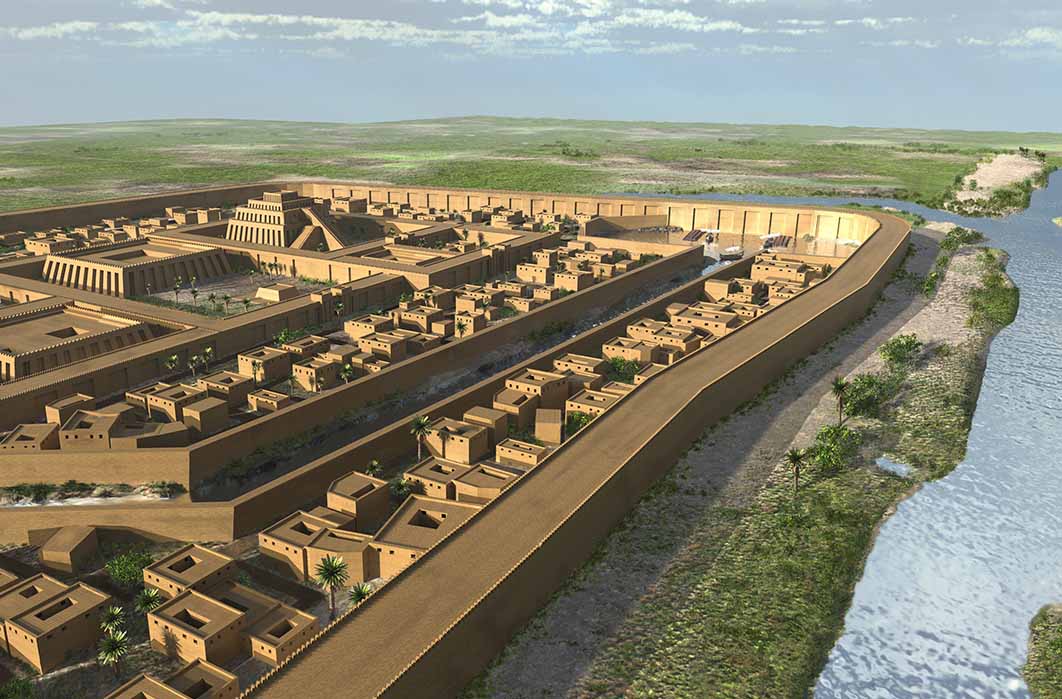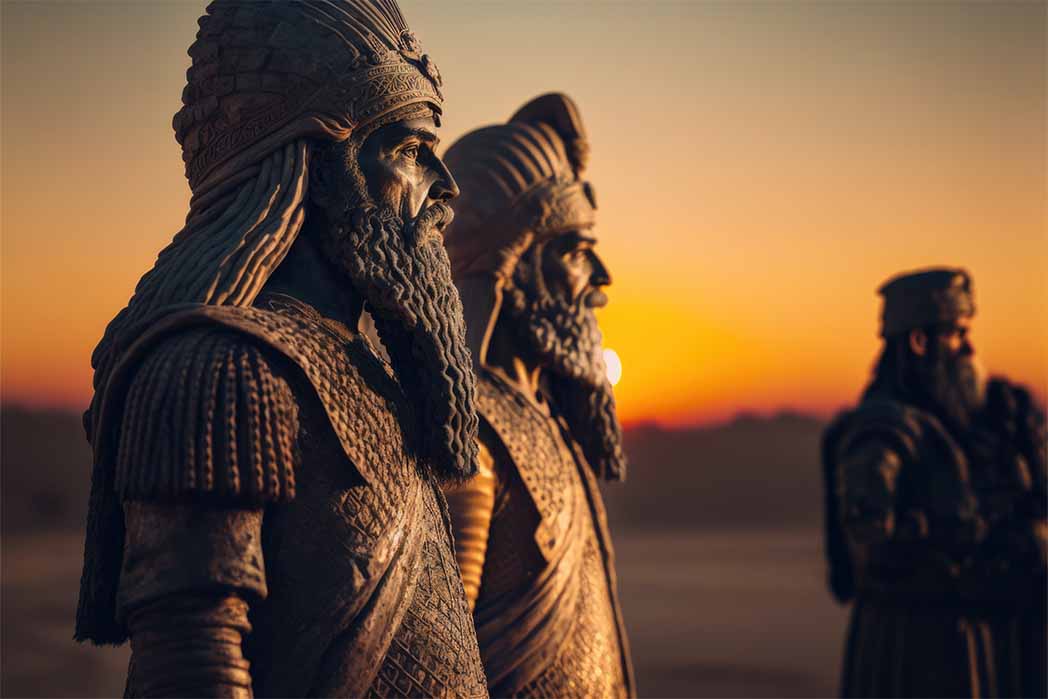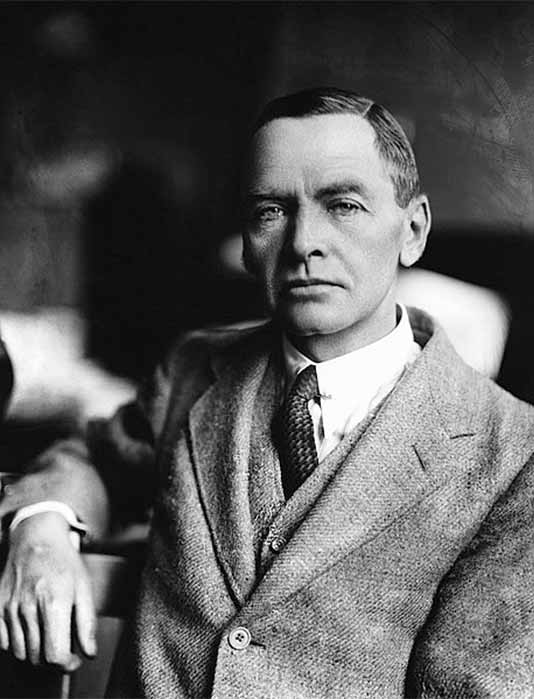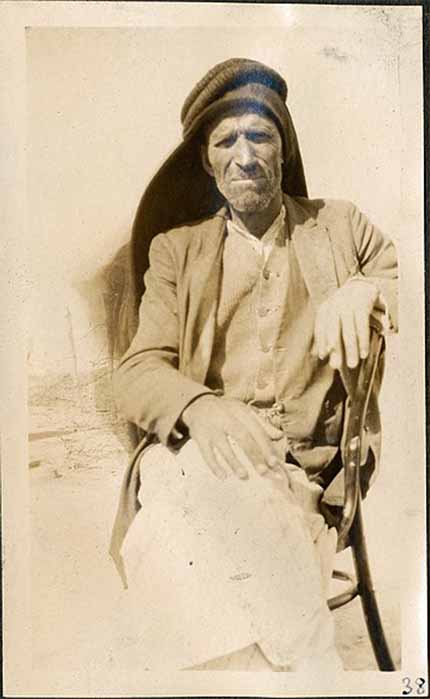
Mesopotamia’s Ur, A City Of Ziggurat Temples, Royal Tombs And Death Pits
Where the Euphrates River once opened its mouth into the Persian Gulf, on the southern floodplain of Mesopotamia, lies Ur, dating from the Ubaid period, circa (6500 -3800 BC), and host to the Sumerian civilization. During the third millennium BC, Mesopotamia – the land between the Tigris and the Euphrates, was occupied by 20 to 30 city-states, dominated by the city-state of Ur, ruled by mighty kings and powerful gods and goddesses.

The Kings of the Dynasties of Ur (WILD HARE Adobe Stock)
The First Dynasty of Ur (26 – 25th century BC) was founded by King Meskalamdug, followed by his son Mesannepada, listed in the Sumerian King List. By the end of the third millennium, during the Third Dynasty of Ur, the surrounding city-states were unified. It was during the Third Dynasty that the Ziggurat of Ur was built. Warrior King Ur-Nammu had killed the king of Lagash in battle and became the King of Sumer and Akkad. By the 20th century BC, Ur finally fell to King Kindattu, of the Elamites. During the Neo-Babylonian Era, (seventh – sixth centuries BC) Ur experienced a revival, but by 400-300 BC the coastline had receded, the Euphrates had changed its course and Ur was abandoned to the desert, only to be discovered in the 20th century AD by Leonard Woolley. Today the archaeological site of Ur is called Tell al-Muqayyar in modern Iraq, where the tombs of the Kings of the Dynasties of Ur are surrounded by Death Pits.


Archaeologist Leonard Woolley (CCO) and his foreman Sheikh Hamoudi ibn Ibrahim, who was also a tutor of Lawrence of Arabia (Leon Legrain/ CC BY-SA 4.0)
In the period 1922 to 1934, British archaeologist Leonard Woolley, working in association with the British Museum and the University of Pennsylvania Museum, and assisted by his foreman Sheikh Hamoudi ibn Ibrahim, uncovered 2,000 burials, including 16 royal tombs, today referred to as the Royal Cemetery of Ur. The tombs of the royals were stone built structures, lavishly furnished with treasures consisting of gold, lapis lazuli, and carnelian and other grave goods, demonstrative of the immense wealth of Ur. The royal tombs were enclosed by death pits, sunken open courts, where the remains of their attendants were found – warriors to guard their kings, concubines to pleasure them and musicians to entertain them - as well as those of animals and chariots.
Tomb of Meskalamdug (PG755)
Although not mentioned in the Sumerian King List, Meskalamdug was named on a cylinder seal and grave goods discovered at the Royal Cemetery. His name was also found inscribed on a bead found at Mari, some 700 kilometers (435 miles) northwest of Ur. In 1924 Woolley and his team opened a tomb and the discovery of a helmet, bearing the name of Meskalamdug, identified the royal occupant. His queen was named Nibanda.

Golden helmet of Meskalamdug, at time of excavation, the original now displayed in the Museum of Baghdad (Public Domain)




